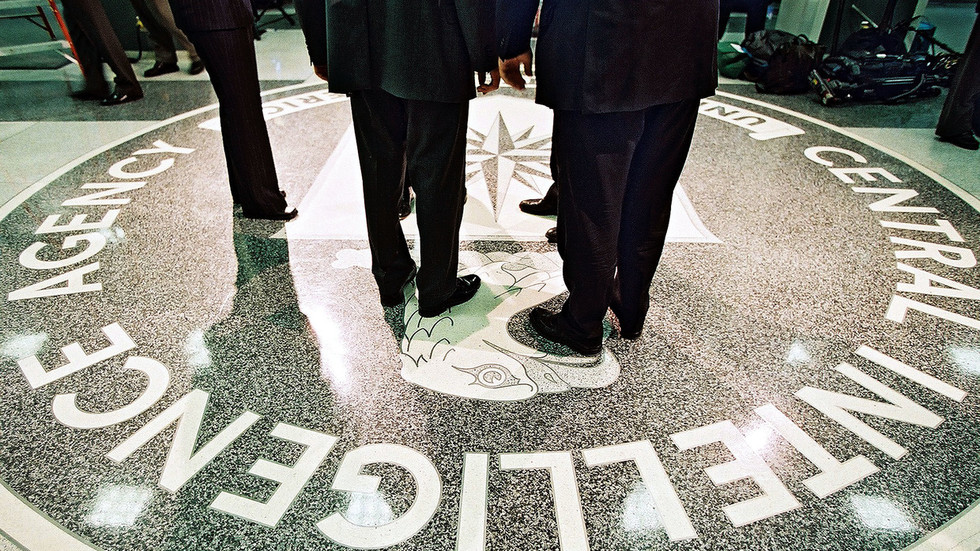
Every day, people from all over the world come to Washington, DC, to look at the historic sights. As the documentary “War Game” begins, we see a man looking through his windshield at the Capitol building and then taking pictures of the Washington Monument. He's not a tourist sharing local icons with his friends on Instagram; he calmly talks to a passenger in his car about wanting US troops to “gun down patriotic Americans” and starting a fire at the Pentagon. It is chilling. And then, when we find out who he really is and what he's really planning, it gets downright terrifying.
On January 6, 2021, the world watched as Trump supporters broke into the Capitol building to try to stop the certification of the election of Joe Biden. While some still argue they were just “tourists,” the footage shows that they smashed through barriers and locked doors. People in the mob and some in law enforcement were injured, and some died. Members of Congress had to evacuate until order was restored.
That was the first time there was a violent attempt to prevent the peaceful transfer of power that is the foundation of a democracy. It led to criminal charges against many of the organizers and participants and an unprecedented second impeachment of President Trump, who urged the mob to march to the Capitol and, depending on your perspective, either protest the legitimacy of the election results or prevent the certification by force. It has also led, for the first time, to US investments being assessed for “political risk.”
The men we saw in the car were not planning an attack. They were trying to figure out how to respond to one. On January 6, 2023, a group of veterans and current and former government officials spent the day pretending that a much better organized and more powerful group had attacked the Capitol to prevent certification of the 2024 elections. This was a tabletop exercise or “game” to better understand the seriousness of the threat, the pervasiveness of the disintegrating trust in our democratic system from those who question the legitimacy of our government, and how our elected officials and military can and should respond.
The set-up is detailed, serious, and all too believable. It includes a movie set-like replica of the White House briefing room and pre-recorded “news reports” on the events of the day based on the limited information—and some strategically distributed disinformation—as it becomes “available.” The enemy makes very effective use of social media, fake footage, manipulation of their followers, and their understanding that any use of force against them will make them more powerful as martyrs.
All of the participants have broad and deep experience, and it's fascinating to see them work through their options. The role of the President, who has just been re-elected by a margin of less than one percent, is played by Steve Bullock, former Democratic governor of Montana. His advisor is played by former Senator Heidi Heitkamp (D-Nevada). One of the advisors in creating the fact situation is Alexander Vindman, Former Director for European Affairs for the United States National Security Council, who blew the whistle on then-President Trump’s attempt to, depending on your point of view, persuade or bribe Ukrainian President Zelenskyy to investigate Hunter Biden, the son of the man Trump considered his likely opponent in the 2020 election. It is sobering to learn that the people who put the exercise together are veterans whose own experience in the military made them deeply concerned about the threat from inside. As Senator Heitkamp says, “We’ve always been able to unite the country when the threat is external.” However, we have relied on a dangerous form of exceptionalism in assuming that the US is immune to threats from rogue actors with access to military technology. One twist in the exercise made me gasp aloud because I realized how vulnerable we are: in a moment, the most senior government officials go from deciding whether to deploy the military to uncertainty about whether the person with the title Commander in Chief has the authority to do so.
Countless films have shown us the world on the brink of extinction, with serious men (and a few women) meeting in situation rooms and members of the military and the CIA staring into banks of computers, monitoring the risks and computing the options. Usually, the focus is on the action: the many actors who played James Bond and Jack Ryan, the many heroic roles played by Steven Segal and Tom Cruise. But we eat our popcorn knowing how those movies are going to end. James, Jack, Steve, and Tom will always save the day. So, the specifics of the crises are not important. We get a couple of details about some McGuffin of a powerful thing that’s bad, just enough to give our heroes something to inspire crazy stunts, chases, and explosions and demonstrate their amazing skill, cunning, technology, and heroism.
There are few films that focus on the people in suits, ties, and uniforms who deploy the heroes, perhaps most compellingly in the savagely hilarious classic “Dr. Strangelove” (and the serious drama with a parallel storyline released the same year, “Fail Safe”) and the underseen “Eye in the Sky,” about the moral, political, and national security risks of drone warfare.
“War Game” brings it all home, in my case literally - I live just outside of Washington DC. It's the scariest movie of the year, especially when you consider that it was not Homeland Security, the NSA, the Pentagon, or Congress running the exercise. Instead, it's a group of former military members called the VetVoice Foundation, stepping in because their experience showed them the gross underestimation of the possible threats from armed extremists. A note at the end tells us that they briefed the government on their findings. Let’s hope they listened.
Nell Minow
Nell Minow is the Contributing Editor at RogerEbert.com.

War Game (2024)
94 minutes
.png)














 English (US) ·
English (US) ·